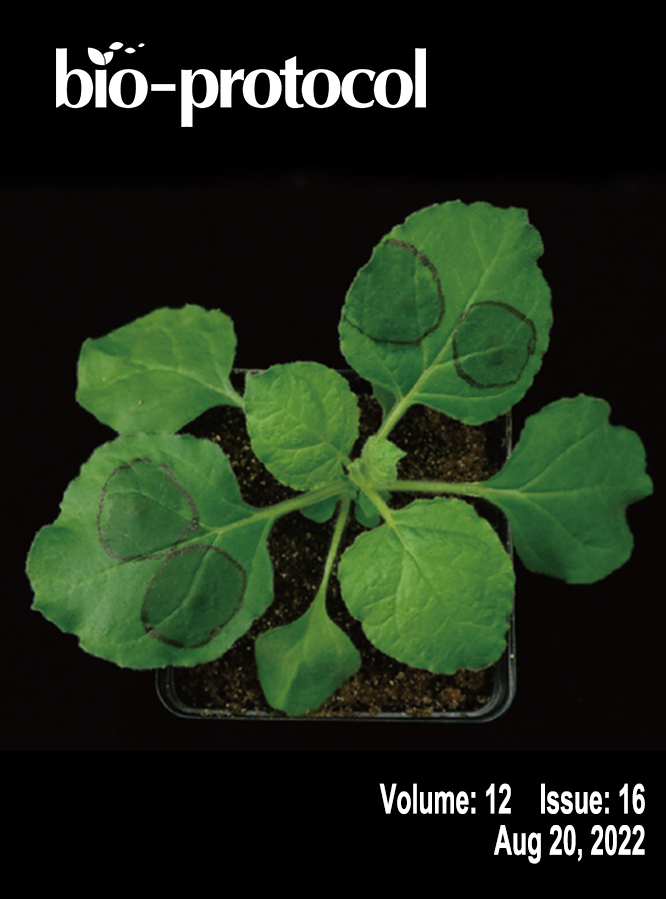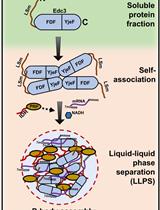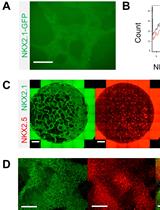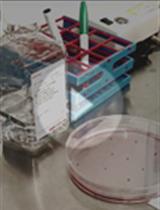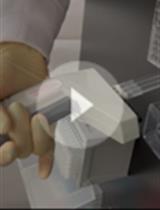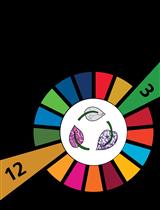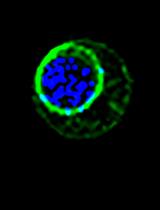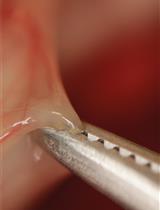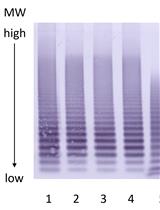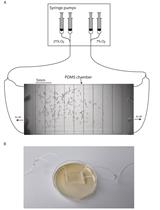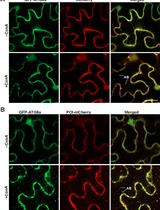往期刊物2022
卷册: 12, 期号: 16
生物化学
Assay to Study the Phase-transition Behavior of Edc3, a Conserved Processing Body (P-body) Marker Protein
研究保守的加工体 (P-body) 标记蛋白Edc3 相变行为的试验
生物工程
Co-differentiation and Co-maturation of Human Cardio-pulmonary Progenitors and Micro-Tissues from Human Induced Pluripotent Stem Cells
人诱导多能干细胞中人心肺祖细胞和微组织的共分化和共成熟
癌症生物学
A Fast and Reliable Method to Generate Pure, Single Cell-derived Clones of Mammalian Cells
一种快速可靠的生成纯的、单细胞衍生的哺乳动物细胞克隆的方法
In-Cell Western Protocol for Semi-High-Throughput Screening of Single Clones
单克隆半高通量筛选的In-Cell Western实验方案
细胞生物学
A Semi-quantitative Scoring System for Green Histopathological Evaluation of Large Animal Models of Acute Lung Injury
用于急性肺损伤大型动物模型绿色组织病理学评价的半定量评分系统
Preparation of a Single-cell Suspension from Drosophila Wing Imaginal Discs
果蝇翅成虫芽单细胞悬浮液的制备
免疫学
Combination of Sterile Injury and Microbial Contamination to Model Post-surgical Peritoneal Adhesions in Mice
结合无菌损伤和微生物污染对小鼠术后腹膜粘连进行建模
医学
Von Willebrand Factor Multimer Analysis by Low Resolution SDS-Agarose Gel Electrophoresis
通过低分辨率 SDS-琼脂糖凝胶电泳进行血友病因子多聚体分析
神经科学
Aerotaxis Assay in Caenorhabditis elegans to Study Behavioral Plasticity
秀丽隐杆线虫的趋气性测定以研究行为可塑性
植物科学
Colocalization Assay with Fluorescent-tagged ATG8 Using a Nicotiana benthamiana-based Transient System
本氏烟草的瞬态系统进行荧光标记 ATG8 的共定位分析


